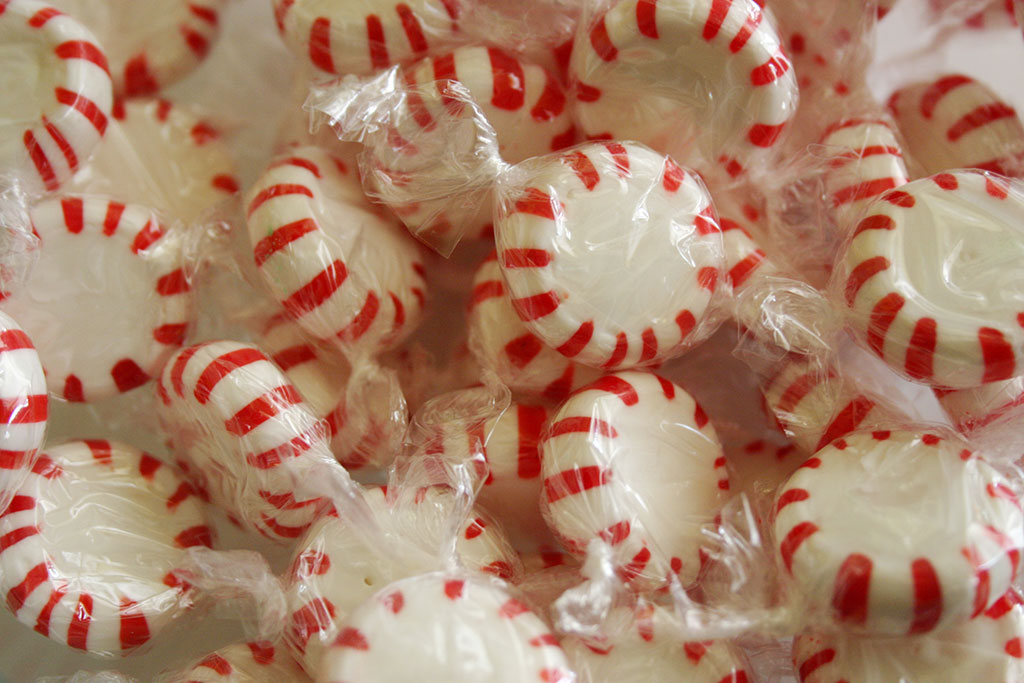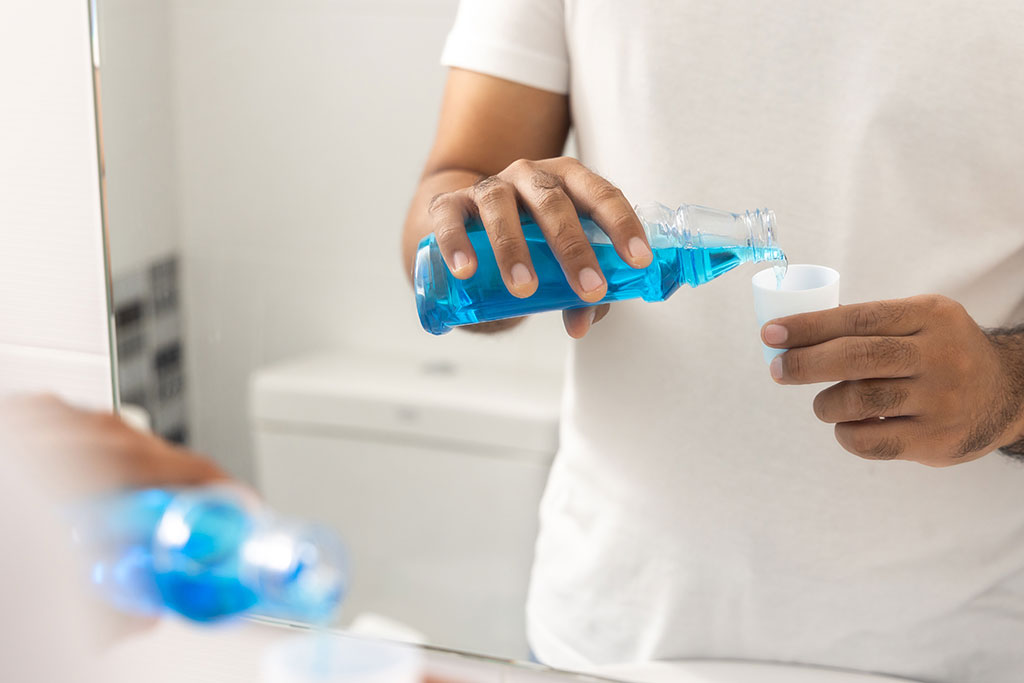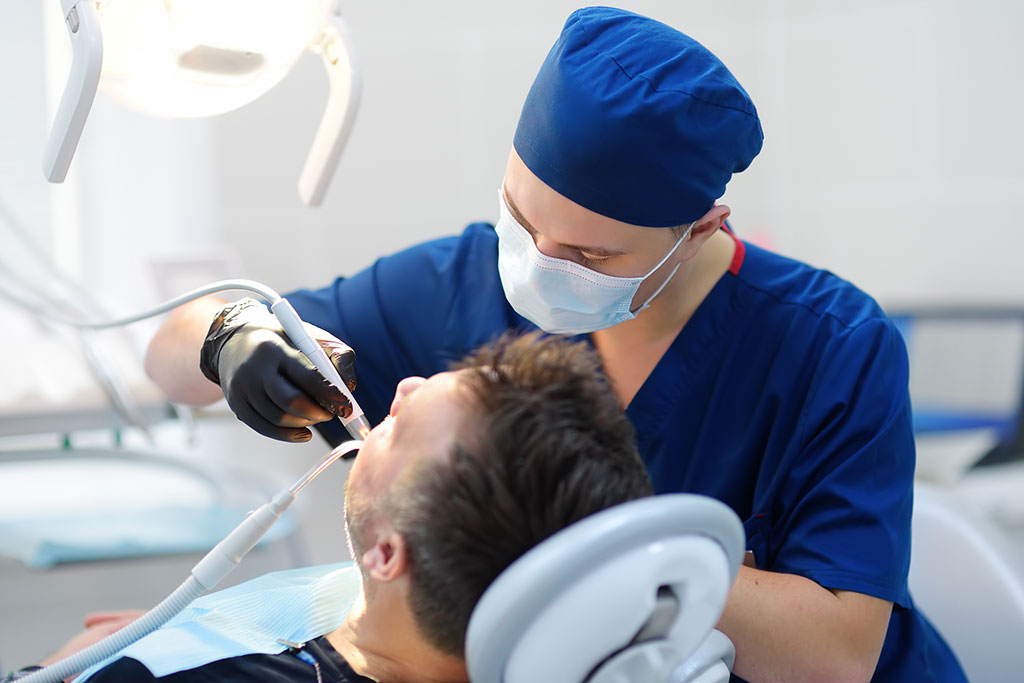Oral-Care Myths Busted
In honor of Oral Health Month, it’s time to review your dental-health knowledge. You likely know the universal recommendations that have been drilled into everyone since childhood: floss daily, brush your teeth at least twice a day, and see a dentist at least twice a year.
But good oral health extends beyond these basics. How you live your life can drastically impact your pearly whites and the sensitive tissues surrounding them, even if you follow the typical advice to a T. Worse, some all-too-common misconceptions about everyday care may lead you to do more harm than good. Learn the true facts behind some serious dental myths to develop greater wellness practices.
Myth #1: Toothpicks are a quick substitute for flossing.
You may be in the habit of reaching for these postmeal staples that often come alongside a restaurant check. However, it may be time to start saying no to them; as it turns out, they can increase your risk of periodontal damage. Poking and prodding along the gumline after meals may cause this soft tissue to recede and expose the sensitive tooth roots they are meant to protect. Even more, those who habitually chew on toothpicks could damage their dental enamel, thereby increasing their risk of cavities. But you don’t have to roam the world with a quintessentially embarrassing piece of spinach in your teeth—just opt for flossing after meals as a safe alternative.

Myth #2: After eating, you should freshen up with a breath mint.
What about the other complimentary offering with your restaurant bill: after-dinner mints? While they may be named after a healthy and refreshing herb, even natural “mints” can round out your mealtime with unnecessary doses of sugar. In other words, breath mints are essentially candies that, like any other sweets, increase your risk of tooth decay and gum disease.
The reason sugar poses a threat is because harmful bacteria feed on it, releasing acids that can deteriorate the protective enamel on your teeth. Ironically, such dental damage could wind up making your breath consistently worse over time.
While sugar-free mints exist, the safest balm for bad breath is that old standby: brushing your teeth and tongue. The chemicals in the food you eat may soften your enamel temporarily, though, so wait thirty minutes after your meal before brushing away offensive odors.

Myth #3: All bacteria are bad for your teeth.
Germs may contribute to numerous oral-health woes, including gingivitis, cavities, and bad breath, but there are certain bacteria that are actually good for your mouth. Some allied microbes can help prevent oral diseases—and even fight the harmful bacteria we’ve been taught to fear.
“Over twenty billion helpful bacteria . . . can be found in dental plaque, in saliva, and on the tongue, throat, tonsils, and cheeks,” cosmetic dentist Michael Kosdon, DDS, says in Real Simple. “Most of this bacteria (99 percent) lives in total harmony with us and protects us from other harmful pathogens.” While ongoing research is continuing to shape our understanding of how this complex biome supplements our whole-body health, scientists have identified some helpful microscopic companions—including Streptococcus salivarius, which reduces inflammation—and ones that, surprisingly, may help prevent issues beyond the mouth, such as type 2 diabetes and stroke.
To maintain good oral bacteria, avoid using antibacterial mouthwash, and talk to your doctor or dentist if they want to prescribe you chlorhexidine, an oral rinse that could disrupt healthy organisms. If possible, opt for a fluoride rinse instead, which targets harmful bacteria without upsetting your balanced biome.

Myth #4: Sweets are the only foods that are bad for your teeth.
Make no mistake—a diet high in sugary treats is about as bad for your oral health as it is for your cardiovascular health. However, saying no to dessert (or breath mints) isn’t necessarily an immediate recipe for good teeth. In fact, there are many foods that can harm the delicate chemical balance around your pearly whites, including less-obvious sources of sugar: alcohol, processed meals, and starchy foods made with flour, potatoes, or corn all break down into sugars in your mouth. Meanwhile, acidic foods like oranges and lemons, which offer healthy quantities of immunity-boosting vitamins, also contain harsh chemicals capable of eroding tooth enamel. And artificial sweeteners aren’t necessarily safer either; many substitute natural sugars with acidic chemicals.
To prolong your oral health, reduce your consumption of these potentially harmful foods and beverages as much as you can, enjoying safer, nutrient-rich alternatives such as raw vegetables, nonacidic fruits, and dairy. If you do happen to indulge in a tooth-abrasive treat, simply brush thirty minutes afterward. (What if you already brushed that day? Do it again—your teeth can safely handle up to three brushing sessions per day.) At the very least, swish your mouth with water to give your teeth a helpful rinse.

Myth #5: Going to the dentist is inherently awful.
Dentists are among the most feared professionals, and the word “dentist” alone may inspire goosebumps in some folks. But you don’t need to choose between potentially agonizing appointments and a harmful buildup of plaque. Enter sedation dentistry, or the use of mild or moderate sedatives like nitrous oxide to help you feel at ease during uncomfortable dental procedures.
While dentists commonly administer sedation for more invasive treatments like tooth removal and gum surgeries, it may also be offered in moderate doses for simple preventative cleanings. Just be aware that you may experience some side effects, such as temporary drowsiness or dry mouth after your appointment ends, and your insurance provider may not cover nonessential anesthesia. If you have dental anxiety, talk to your dentist about solutions (as well as the associated potential risks) or search for sedation dentistry services in your area to ensure you can complete your recommended two exams per year.

Having a healthy mouth ultimately depends on adhering to good brushing, flossing, and rinsing practices, being mindful about your diet, and seeing a dentist regularly for personalized care—even if you need some mild sedatives to do so. By arming yourself with clearer knowledge, you can improve your everyday habits to ensure your teeth and gums stay strong, comfortable, and healthy for as long as possible.


















